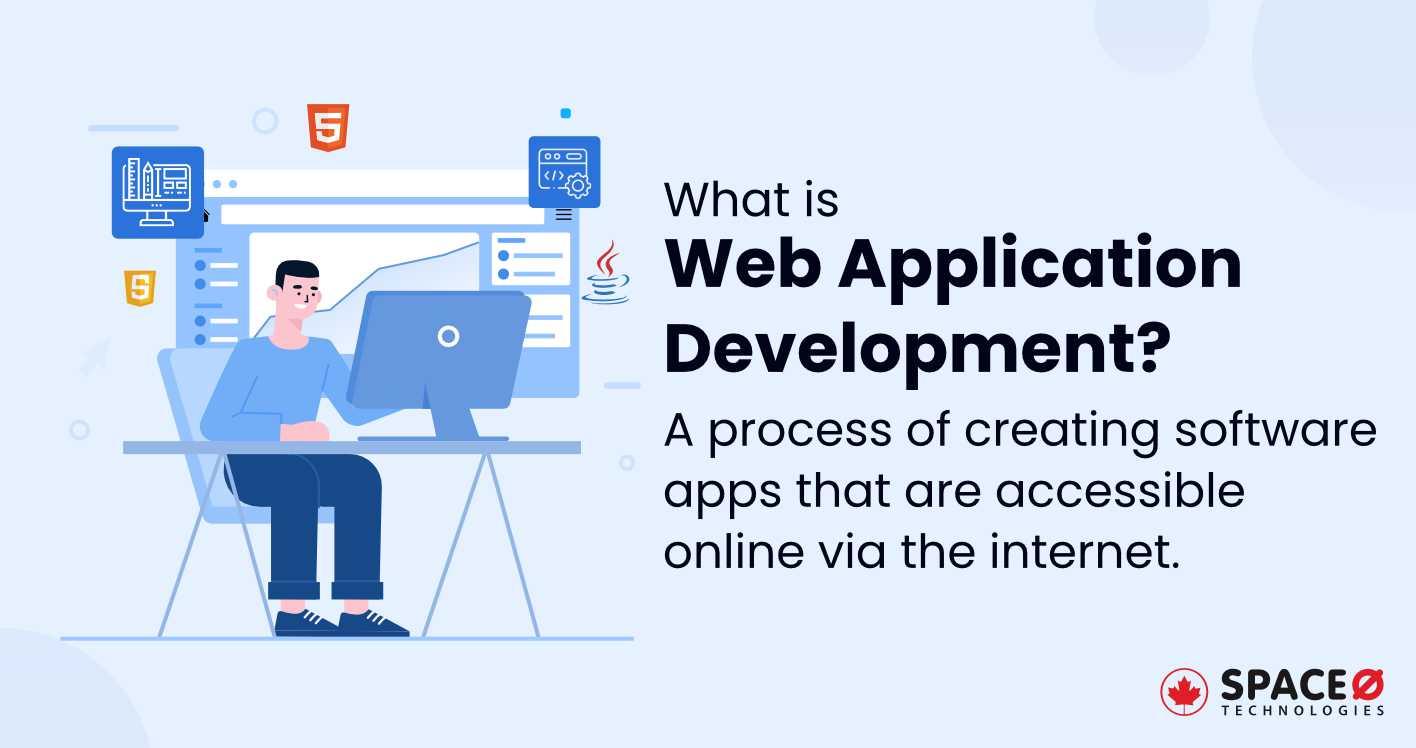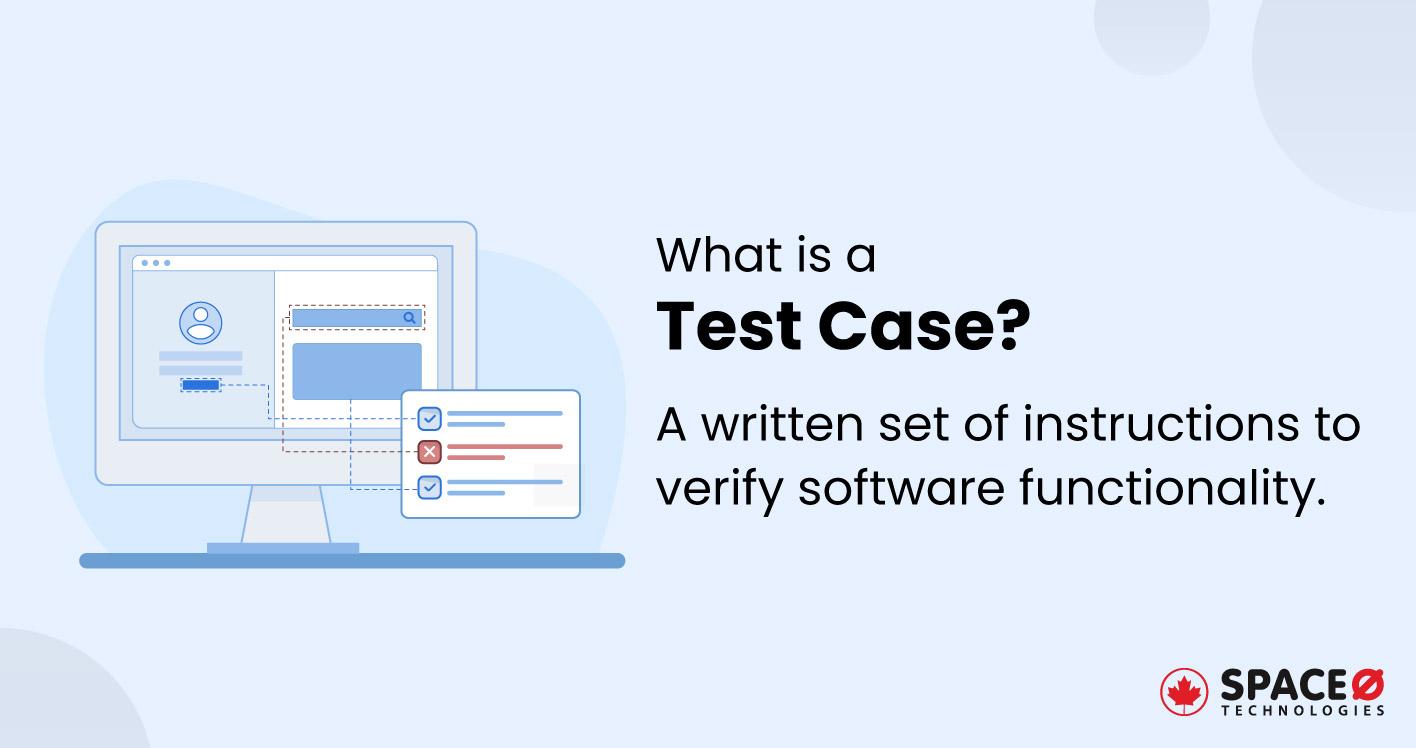
What is Web Application Development?
Web application development is the process of planning, designing, and developing software apps accessible over the internet via web browsers.
There are multiple types of web applications which include:
- Static web apps
- Dynamic web apps
- Single-page apps
- Progressive web applications
- Web portals
- eCommerce web apps
- Social media platforms
The key idea is that web applications run on remote web servers and users interact with them through web browsers like Chrome, Firefox or Edge instead of installing software locally.
Let’s now understand why you should build a web application for your business.
Table of Contents
4 Key Reasons to Develop a Web Application
Check the following section to learn about the importance of web application development.
- Global Reach: Web apps are accessible worldwide, enabling businesses and users to connect with an extensive audience.
- Cost Savings: Creating web apps is more affordable than native apps for multiple platforms. A single web app can be utilized on various devices and operating systems, reducing development and maintenance costs.
- Cross-Platform: Web apps operate in browsers, permitting use across devices and operating systems. Users can access web apps anywhere.
- Business Enablement: Web apps assist businesses in engaging customers, managing operations, and enabling transactions.
Next, if you want to learn about the examples of web applications, check the following section.
5 Examples of Web Application Development
Web applications are built in multiple forms for different needs. Here are the examples of web apps.
- eCommerce: Amazon and eBay are famous online retailers that have web apps for selling with features within the app like product searching, shopping carts, and secure checkouts.
- Social Media: Web apps help connect users through profiles, sharing and messaging on Facebook, Twitter and Instagram.
- CMS: Web content management systems, such as WordPress, Drupal and Joomla make it possible to create, edit and manage content.
- Webmail: Gmail, Yahoo and Outlook.com provide webmail facilities to manage inboxes and send/receive emails over the Web.
- Project Tools: Trello and Asana are web apps that help with planning, tracking, and completion of projects along with a team.
A Comparison Between Backend Development, Front-end Development, and Full-stack Development
Here is a comparison table between backend, front-end, and full-stack web development.
| Aspect | Backend Development | Front-end Development | Full-stack Development |
|---|---|---|---|
| Role | Backend refers to server-side development, which includes the logic, data, and server operations of a web application. | Client-side development is creating the user interface and client-side functionality of a web application. | Combines both backend and frontend development, responsible for the entire application from server to user interface. |
| Languages and Technologies Used | For server-side development, languages like Python, Ruby, Node.js, PHP, and Java are preferred. | Front-end is developed using HTML, CSS, JavaScript, and frontend frameworks like React, Angular, or Vue.js. | Full-stack web apps involve backend and frontend technologies, which include knowledge of databases, servers, and client-side frameworks. |
| Responsibilities | Manage data, authentication, security, and server performance. Handles database interactions and server optimization. | Designs and implements the user interface, including layout, design, and user experience. Handles client-side interactivity and responsiveness. | Manages the entire web application, from database design and server-side logic to user interface development and optimization. |
| Server and Database Management | The backend involves server setup, maintenance, and database management. | Primarily concerned with the visual and interactive aspects of the application, interacting with the server through APIs. | Requires knowledge of both server setup and frontend deployment, including server-side and client-side optimizations. |
| API Development | Backend involves APIs that frontend applications can interact with to retrieve data and perform server-side operations. | Utilizes APIs created by backend developers to fetch and update data on the client side. | Involves both creating backend APIs and integrating them into the front end, ensuring seamless data flow between server and client. |
| Testing and Debugging | Conducts backend testing including unit testing, integration testing, and API testing. | Conducts frontend testing including UI testing, user experience testing, and cross-browser testing. Debugs client-side issues. | Requires proficiency in testing and debugging for both backend and frontend components, ensuring a seamless end-to-end application. |
Now, let’s learn about the tools that developers use to create web apps for different businesses.
Tools Used in Web Application Development
Text Editors and Integrated Development Environments (IDEs):
Web developers use text editors and IDEs to write, edit, and manage their code. Here are some well-known options.
- Visual Studio Code (VS Code): A free and open-source code editor that offers multiple extensions and supports various programming languages.
- Sublime Text: Sublime is a simple and well-known code editor in the market. It offers a clean interface and a wide array of community-developed plugins.
- JetBrains IntelliJ IDEA: A powerful cross-language IDE that supports Java, Python, and JavaScript, providing coding and debugging capabilities.
Front-end Technologies:
For front-end development, the following core technologies are used.
- HTML (Hypertext Markup Language): HTML is the sole markup language used to structure web page content.
- CSS (Cascading Style Sheets): CSS is a styling language that helps to control the appearance and layout of web pages.
- JavaScript: JavaScript is a programming language that allows to add interactivity and dynamic features in a web application. ReactJS, Angular, and Vuew are a few popular front-end frameworks built using JavaScript.
Back-end Technologies:
Here are technologies used by skilled web app developers for back-end development.
- Python: Python is a general-purpose programming language used to develop dynamic web applications with frameworks like Django and Flask.
- Ruby: Ruby is well-known for creating high-quality web applications, especially with the Ruby on Rails framework.
- Node.js: Node.js is a runtime environment that enables server-side JavaScript development. It is often used with the Express.js framework.
Databases:
Here are the core databases that are mostly used when creating a web application.
- MySQL and PostgreSQL: These both are reliable and scalable relational database management systems (RDBMS).
- MongoDB: MongoDB is a NoSQL database that uses a document-oriented data model for handling unstructured data.
- SQLite: SQLite is a lightweight database commonly used with mobile and small web applications.
Version Control Systems (VCS):
Here are the two popular version control tools that help in the overall code management of a project.
- Git: Git is a distributed version control system that supports branching, merging, and collaboration. Platforms like GitHub and GitLab are widely used for Git-based projects.
- SVN (Apache Subversion): SVN is a centralized version control system designed for enterprise use.
Web Servers:
The following are the three popular web servers which make the entire web solution managed on the cloud as well as in-house servers.
- Apache: Apache is an open-source web server and it is popular due to its stability, security, and support for various web technologies.
- Nginx: Nginx provides high performance, and scalability, serving static content, and acting as a reverse proxy server.
- IIS (Internet Information Services): IIS is a Windows-based web server solution of Microsoft.
Testing Frameworks:
Testing is essential for ensuring the reliability and quality of web applications.
- Jest: Jest is a JavaScript testing framework developed by Facebook, known for its simplicity and speed. It is commonly used for testing React applications.
- Selenium: Selenium is an open-source automated testing framework to identify, track, and resolve bugs or issues in web applications across different browsers and platforms.
In summary, web application development is the process of creating software accessible over the internet using a combination of technologies. To build applications, web developers use tools like text editors, frameworks, databases, and testing tools.
All our projects are secured by NDA
100% Secure. Zero Spam
*All your data will remain strictly confidential.
Trusted by


Bashar Anabtawi
Canada
“I was mostly happy with the high level of experience and professionalism of the various teams that worked on my project. Not only they clearly understood my exact technical requirements but even suggested better ways in doing them. The Communication tools that were used were excellent and easy. And finally and most importantly, the interaction, follow up and support from the top management was great. Space-O not delivered a high quality product but exceeded my expectations! I would definitely hire them again for future jobs!”

Canada Office
2 County Court Blvd., Suite 400,
Brampton, Ontario L6W 3W8
Phone: +1 (437) 488-7337
Email: sales@spaceo.ca




